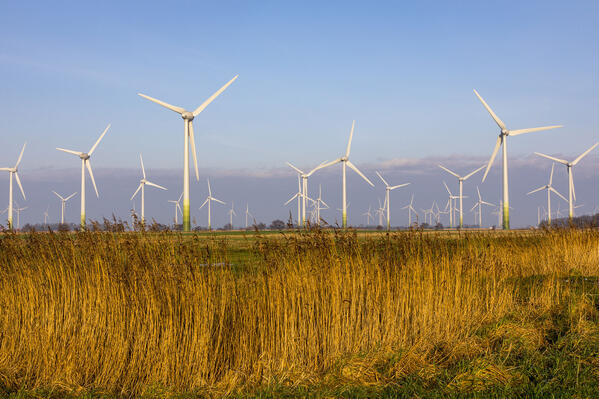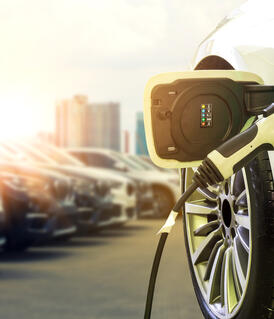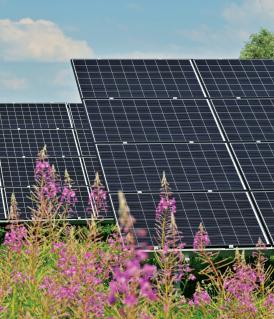What is Europe’s Green Deal?

What are the objectives of the Green Deal?
With its “Green Deal”, the European Union European Union In 1957, Germany was one of the six founding members of today’s EU, along with France, Italy, Belgium, the Netherlands and Luxembourg. The EU is currently made up of 27 states; the euro is the official currency in 20 of them. For Germany, European integration forms the basis for peace, security and… Read more › has set itself a far-reaching goal: by 2050, Europe is to become the world’s first climate-neutral continent. This means emitting no more greenhouse gases than ecosystems are able to absorb naturally. The plan is to reduce netgreenhouse gas emissions by at least 55 percent by 2030 - compared to 1990 levels. The “Fit for 55” package, which contains concrete measures designed to reach this target, is one of the key instruments that is being used.The aim is to enable future generations to lead a better and healthier life.
Is Germany supporting the Green Deal?
The project, which EU Commission President Ursula von der Leyen presented when she took office in December 2019, is a master plan to modernise Europe in a sustainable and social manner. It is the Commission’s response to the growing risks confronting EU economies as a result of climate change and species extinction.
Germany supports the “Green Deal” and has in fact set itself even more ambitious targets. The aim is already to achieve climate neutrality by 2045.
Is the Green Deal compatible with economic growth?
Essentially, the Green Deal is a new growth strategy. The underlying idea is simple: a large part of Europe’s economic output depends on preserving the natural foundations of human life. This applies to water, air and soils, as well as forests, seas and a stable climate. Taking precautions now is the best way to secure future prosperity. The Green Deal thus promotes green technologies and the sparing use of natural resources. The goal is to decouple economic growth from resource use, while at the same time creating new jobs. The project’s numerous initiatives also give companies the predictability they need to be able to plan, as well as establishing the framework for a more crisis-resilient EU.
Is the Green Deal about more than just sustainability?
Sustainability as a basic EU principle is nothing new, but the Green Deal goes a step further: it supports and accelerates the transformation that has already begun and turns it into an all-encompassing concept for the future. The plan takes all areas of business and society into account – from industry, trade, transport and agriculture to biodiversity, natural heritage, circular economy and structural change. As important levers for transformation processes, taxes and finance will also be designed in accordance with green criteria in future.


